Product reliability and durability of course start with engineering design. The big question is “what design goals were in the minds of the engineers when your product was defined?” At Commercial Manufacturing the design goal is always to provide the required functionality over the product’s service life in the most efficient and sanitary manner. The equation is never turned on its head to limit functionality, efficiency, or sanitation in order to meet a price point, because failure in any of these attributes reduces the value of the investment and subjects you to risk.
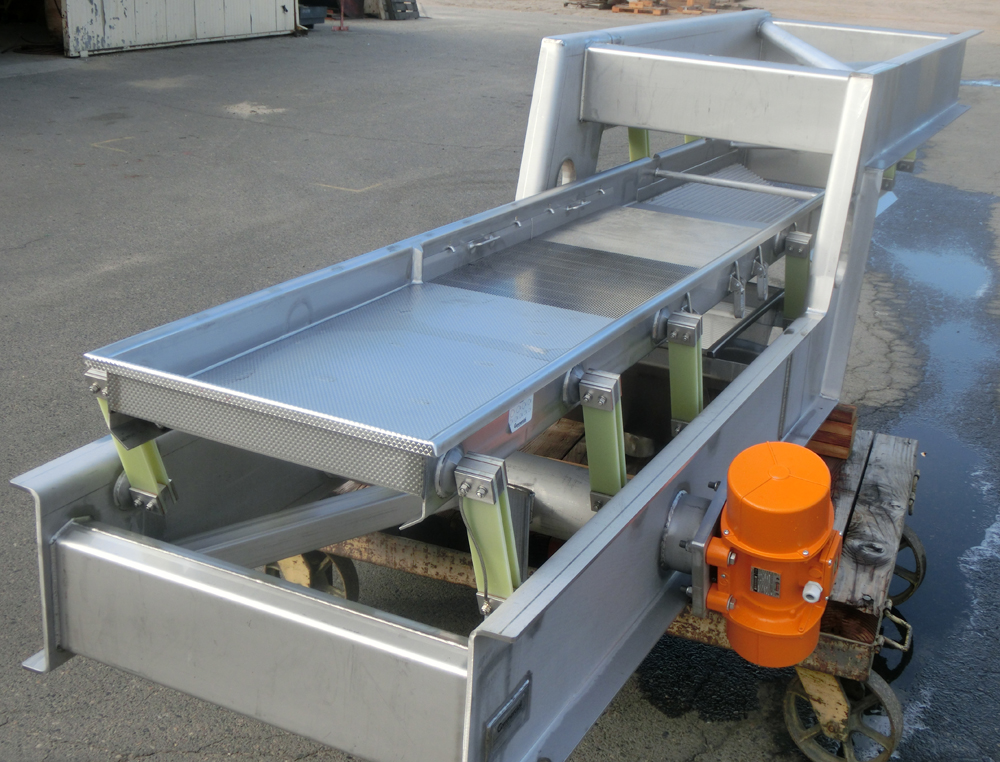
Starts with asking two questions: what should this machine do, and what should it avoid doing? Two examples can make the point. In a size grading application you will want the machine to fully spread out the product before it reaches the first screen or the application will be less than 100% effective. Many factors play into this objective; and we will make sure to account for them all. In a distribution application the size and shape of the product effect both the placement and configuration of the outlets. Designed incorrectly and the flow rate or capacity can be sacrificed.
Our experience with the technology and with food attributes and applications guides us in making informed engineering trade-offs to achieve the functionality and results you expect.
In today’s food processing arena a major goal is to provide a verifiable clean in the shortest possible time.
Surface treatments are an important part of the food safety dialog. Surfaces that are best suited to avoid or discourage propagation of bacteria, such as bead-blasted, electro-polished, mill finished, or machine turned, etc., are discussed regularly. If food processing machinery were nothing but flat plates of steel, this might be all we need to discuss. However, the reality is that food machinery is made of many complex and/or enclosed structures that are often-times located in hard to reach places.
For the past twenty years Commercial Manufacturing has promoted cleanability, and has developed innovations in our mix and blend systems that greatly improve sanitation and cleaning access. This same focus is now being applied across our product line. We are working to: 1) develop structures that can be pulled apart without hand tools to allow cleaning access, 2) build components that can be rolled out of the way, 3) use removable doors or appendages when beneficial, 4) create large radius corners that can be more easily flushed, 5) include access ports that are sanitary and safe, 6) include CIP headers on systems, 7) design open-angle frames when tubular steel is not allowed, and 8) minimize or eliminate unnecessary horizontal surfaces, etc.
Answers are still being developed to other cleaning questions. Where should the sanitation operator be located? Does the sanitation operator have a line of sight to all the surfaces to be cleaned? How will the operator handle the weight or shape of an object to be removed? What do you do with an object once removed from the machine to keep it clean and safe? Our goal in answering these questions will be to provide designs that allow a verifiable clean in the shortest possible time.
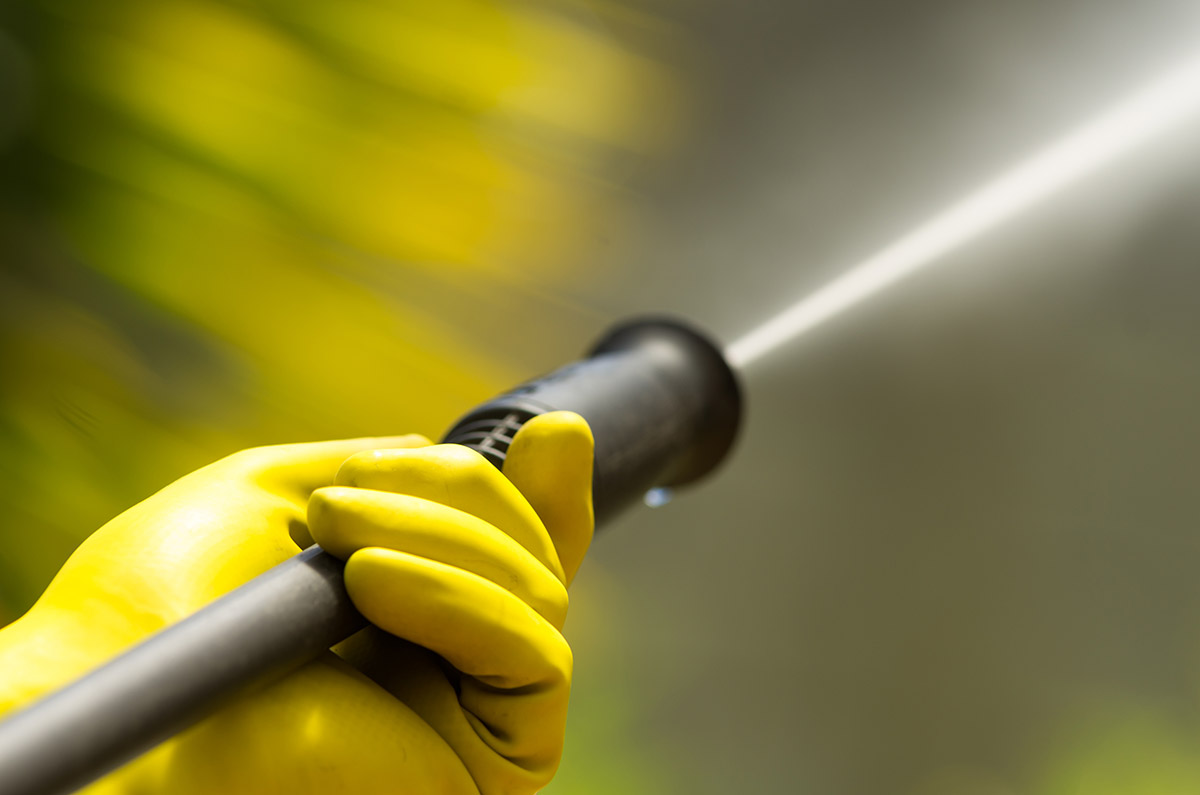
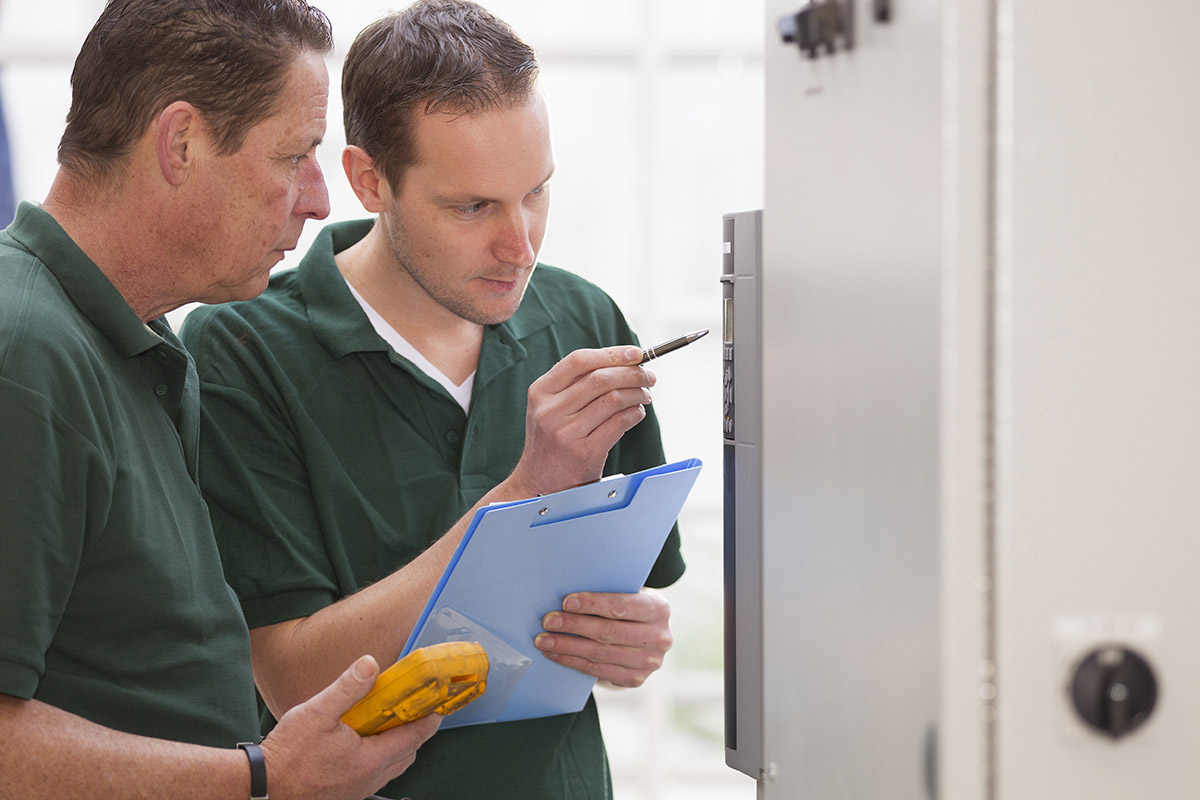
Every processor, food and otherwise, understands these two principles, 1) that only production hours produce revenue, and 2) that unscheduled outages are the most costly. Therefore we see our job as an equipment designer and builder as providing you with machinery that can be quickly maintained during scheduled outages.
We employ several factors to help meet this criterion. We use drive systems and parts that have proven themselves to be reliable for the chosen application. We keep the drive systems as simple as possible, and we make them as physically accessible as possible. Naturally we must abide by OSHA standards with guarding for worker safety. When a machine has multiple lubrication points we offer optional central lube blocks allowing bearings to be lubricated from one common point. We provide maintenance manuals with our equipment that describe when and how to lubricate parts and maintain wear items. As designers we continue to look for and evaluate new, low- or maintenance-free components that will help make our equipment easier to maintain and require less down time when maintenance is required.
Our objective in making a machine strong is to assure its reliability and durability over time. Our clients’ cost for down time is always high, and for those with short, intense processing seasons, it is a matter of business survival. A good part of what makes a machine strong and reliable stems from the basic design and how the forces interact with the structure. Our engineering department uses detailed analysis to assure that the structures and drive systems are compatible for the work to be done.
A machine that does not live out its expected service life never achieves its projected ROI. So whereas reliability is important to reduce or eliminate down time, durability is important in assuring that your projected ROI is realized. These are the reasons we focus on making machines strong.
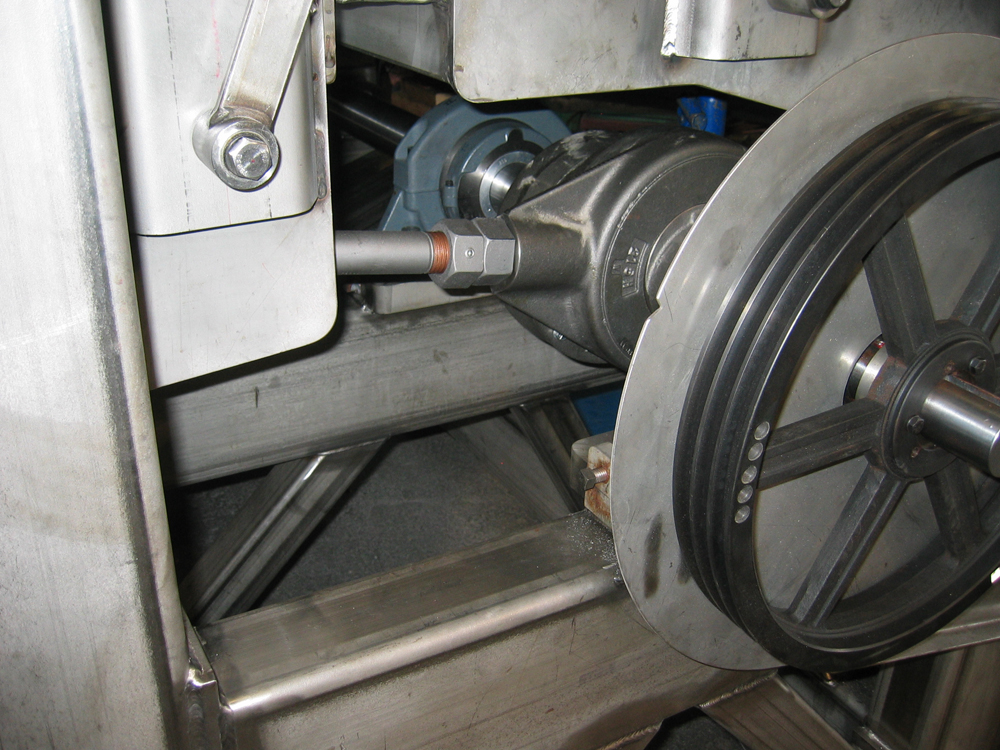
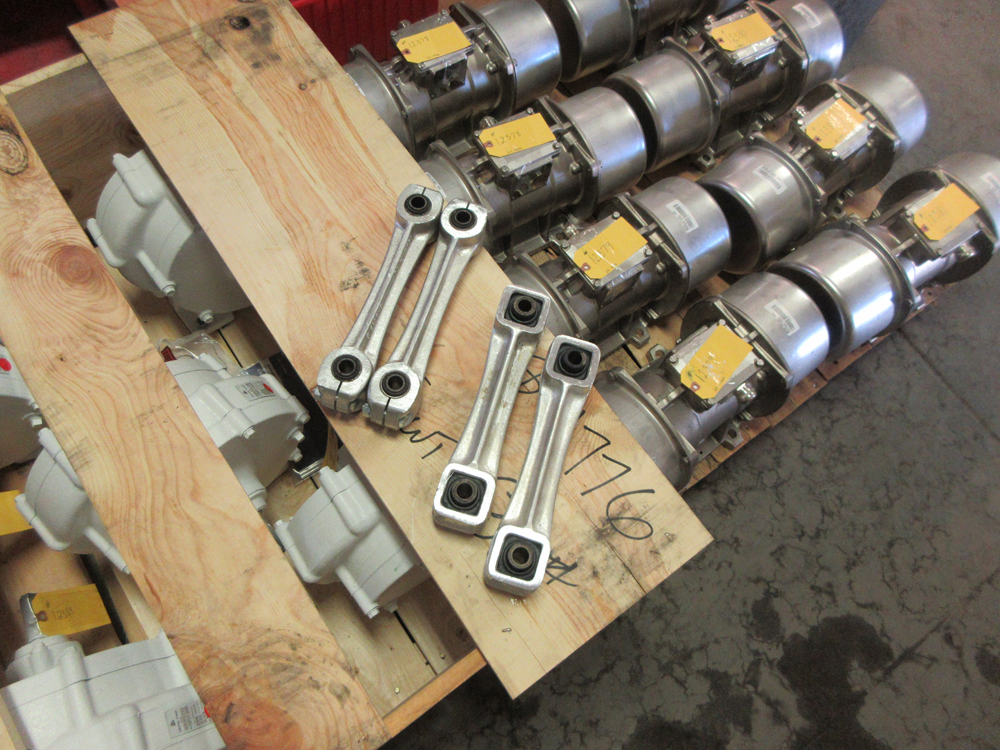
Few of our customers would want gold-plated parts, but all of them want parts that are reliable and durable. Commercial Manufacturing does not buy the cheapest parts we can find. We use the parts and suppliers that have proven themselves to be reliable and reasonably priced. Because we manufacture custom equipment, it allows our clients to specify brands and parts that they have found to be reliable and cost effective. This feature can benefit customers by helping to control their cost of stocking spare parts.
We use construction materials that have proven themselves to be reliable, cost effective, and SAFE for food processing machinery. Examiners want to see base materials used without paint, plating, or powder coating added. For us that means 304L stainless steel—with 316L stainless used for product contact surfaces if any salt is present or if the customer requests—UHMW or Delrin plastics, and food grade rubber. Aluminum is sometimes used when a key component is not available in stainless steel.
We are pleased to see the progress being made in food safety by power transmission companies. Because the food processing industry has been demanding stainless steel motors and gearboxes for some time, the variety of drive components available in all stainless steel construction has significantly improved.
